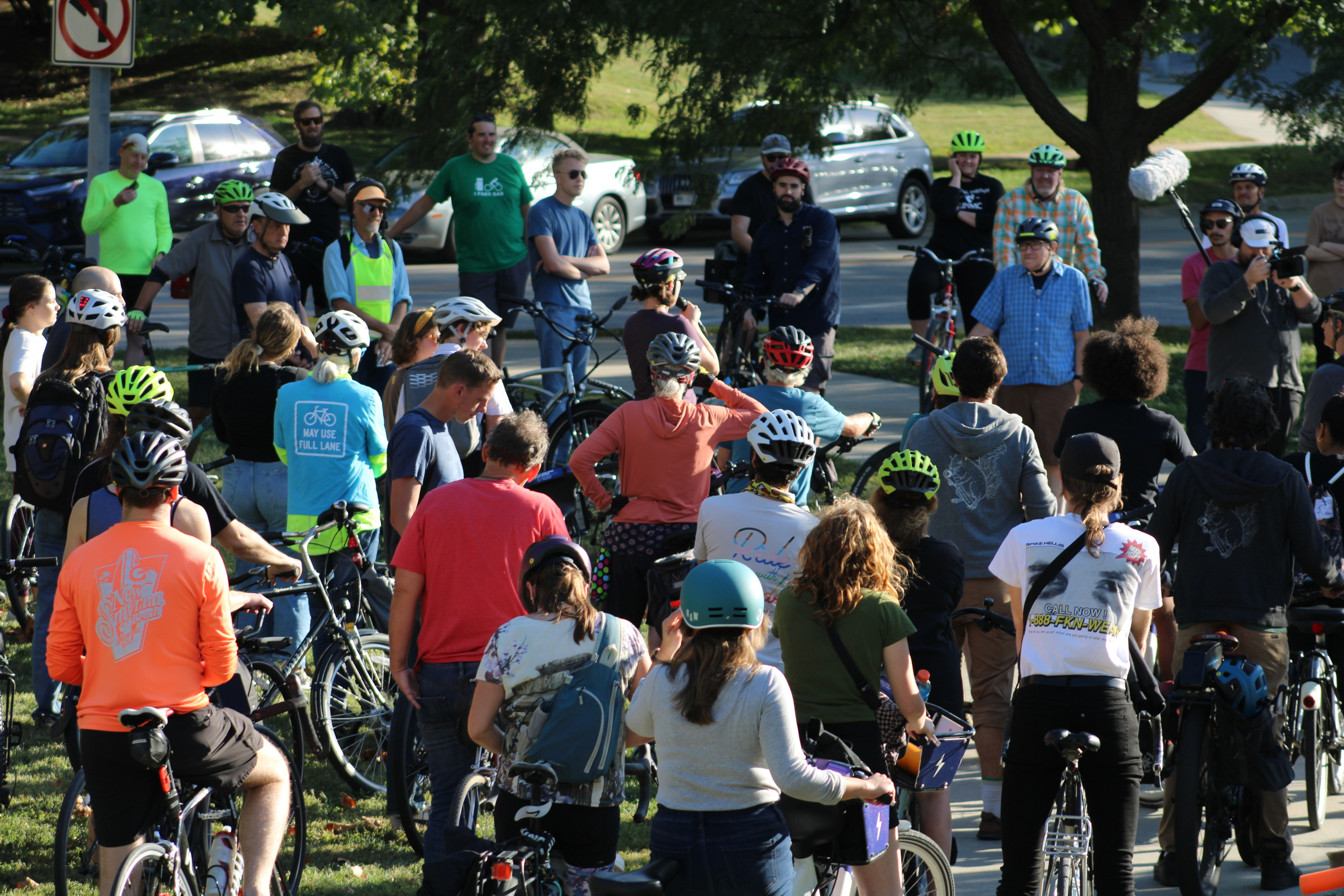Omaha’s Complete Streets Policy will go before the Planning Board on Wednesday July 1 and, assuming it passes, will find its way to the City Council for its first of three readings on July 28. Four Mode Shift Omaha board members served as stakeholders throughout the process, and we’re generally pretty happy with where everything stands.
Here’s our quick take:
This policy doesn’t require anything. It’s not an ordinance. It’s not a change in code. It doesn’t have much for teeth. BUT, it could lay the foundation for something good. Ultimately, it all depends on how it’s implemented.
The next steps in the process are really critical. Namely the creation of Street Design Guidelines, which hopefully include a detailed section on implementation, are the most important aspect of the entire process. The Guidelines should get down into the details of what it means for a street to be “complete” in certain contexts and transects. Treatments will need to vary based on each street’s typology, and the Guidelines should be built to ensure the treatments are good.
The policy specifically references design manuals from the National Association of City Transportation Officials (NACTO) and the Institute of Transportation Engineers (ITE) as models, which is promising. They are both great and form the basis for many cities’ successful Complete Streets programs. For example, Chicago’s guidelines list priorities between the modes for each type of street based on context and purpose. Pedestrians are nearly always listed first, which makes a lot of sense to us.
The proposed policy also makes the case for adequate staffing in Public Works to handle multimodal issues. We couldn’t agree more and hope that means they will be able/willing to hire someone who knows the ins and outs of this work like the back of their hand.
One concern within the policy is the latitude provided for exceptions to occur and the limited transparency around reporting on those exceptions. While these aren’t ideal, we don’t believe it’s worth throwing the baby out with the bath water.
The main questions: how will these new guidelines actually affect the design and construction of our city’s streets? How will these guidelines work with land use controls to create places where driving isn’t the default means of getting around? Will there be a dedicated funding stream for non-motorized transportation projects? These questions will be answered in the next phases of this project: development of guidelines and actual implementation. And, to be successful, the forthcoming process and its outcomes need commitment from Public Works and the Mayor. So far it looks like they’re committed.


Having read the policy, I have a couple of questions. First, on page two, item 5 under exceptions states an exception could be granted if cost outweighs probable use. How will probable use be determined? Then how will that possibly non-monetary value be compared to the monetary cost?
My second concern is one of transparency. On page 7, under reporting, I see no requirement for public availability of the reports. Will they be readily open for public review, particularly the quarterly reports to the committee?
Regarding the first point, it is also a concern of ours, but we’re hoping the details of that point can be better ironed out in the next phase. It’s quite honestly not possible to remove all ambiguity from a policy document like this. Ultimately, we won’t know if that is an exception that will be overused until the policy is implemented. If it is, we’ll have to address it then.
On the second point, the exceptions reports are supposed to be made available to the public through the City’s website, and the annual reports to City Council will presumably appear in the council packets available online.
Thank-you for all the work you are doing the make Omaha a city more easy to navigate by all modes of transportation.